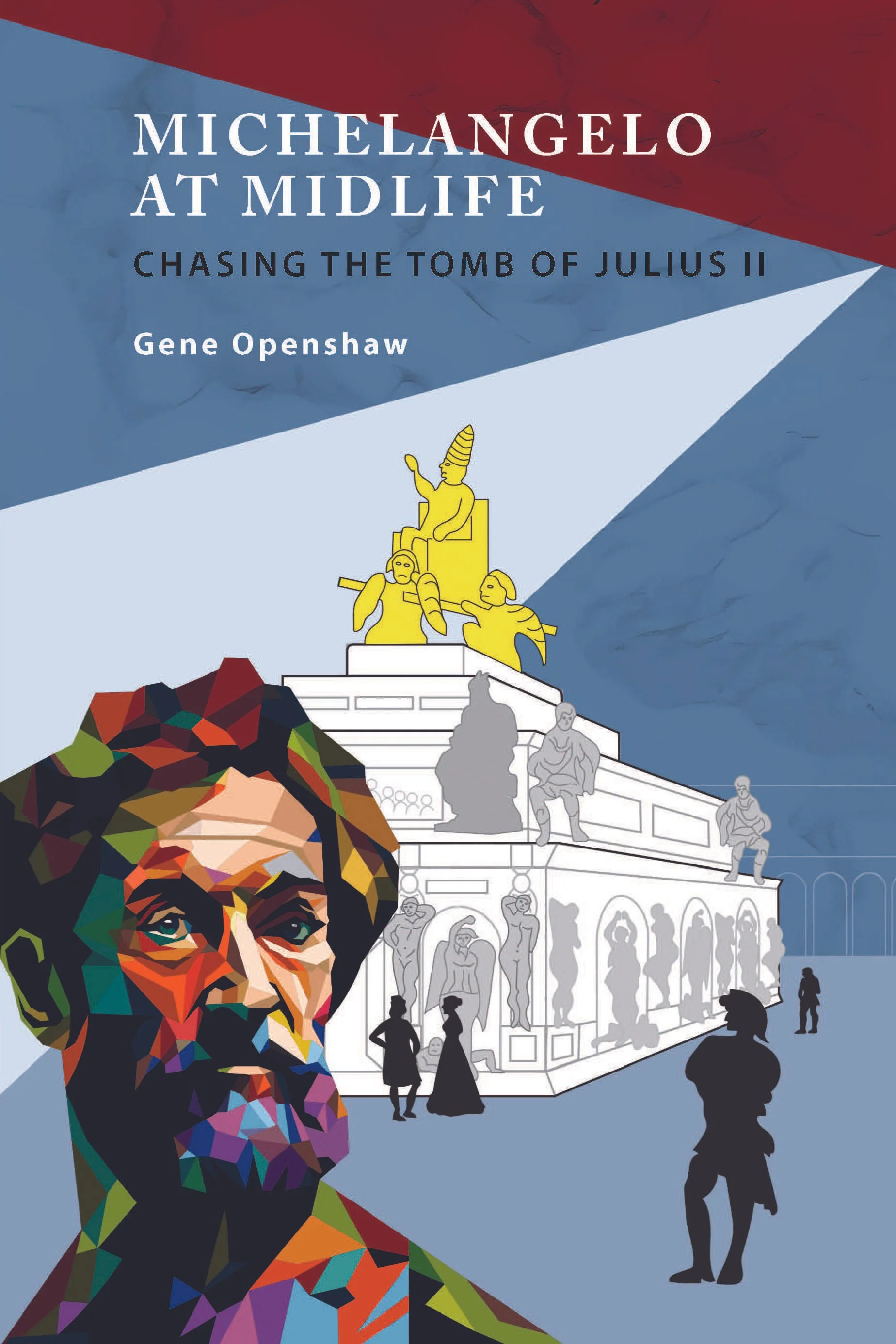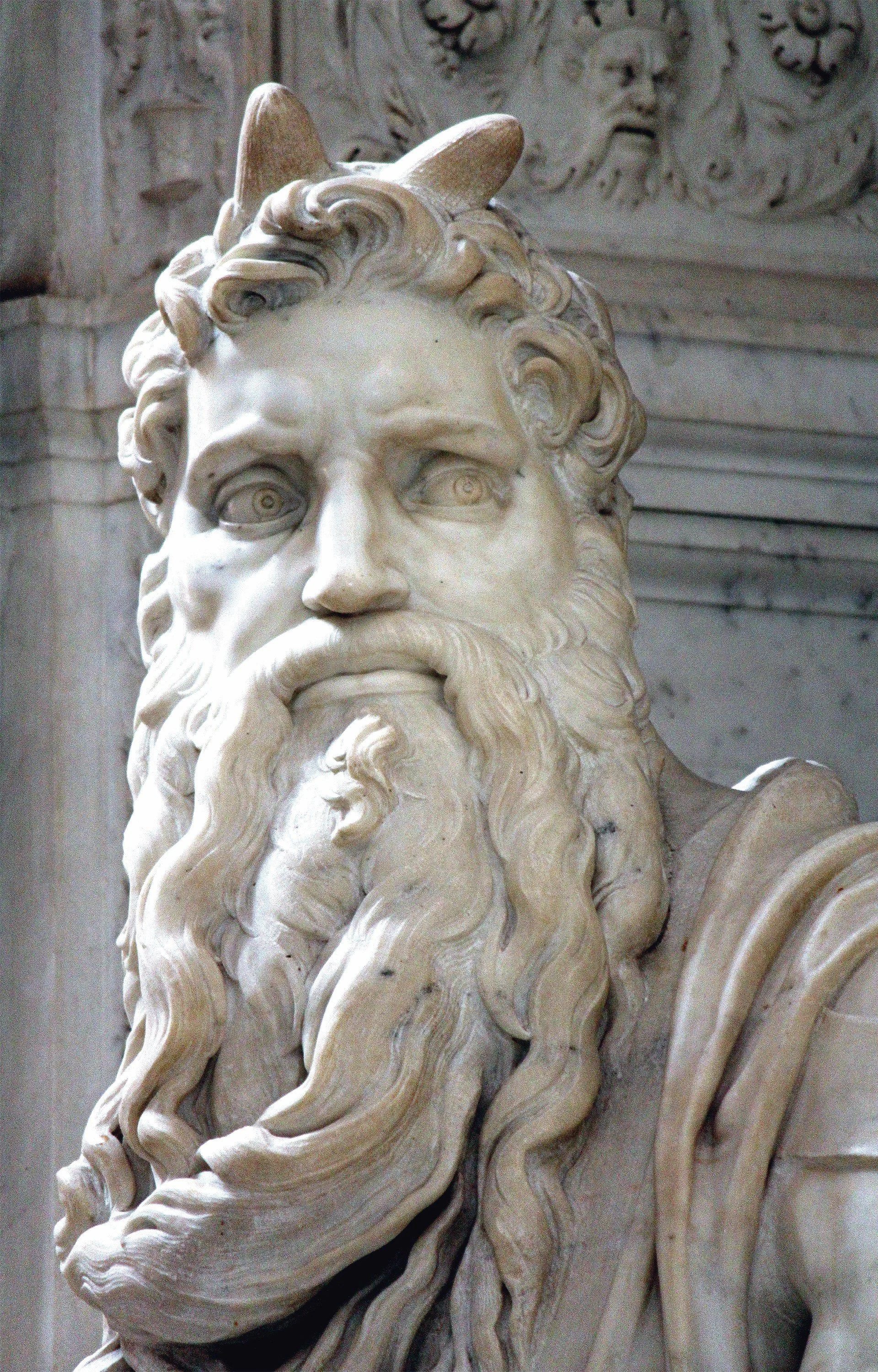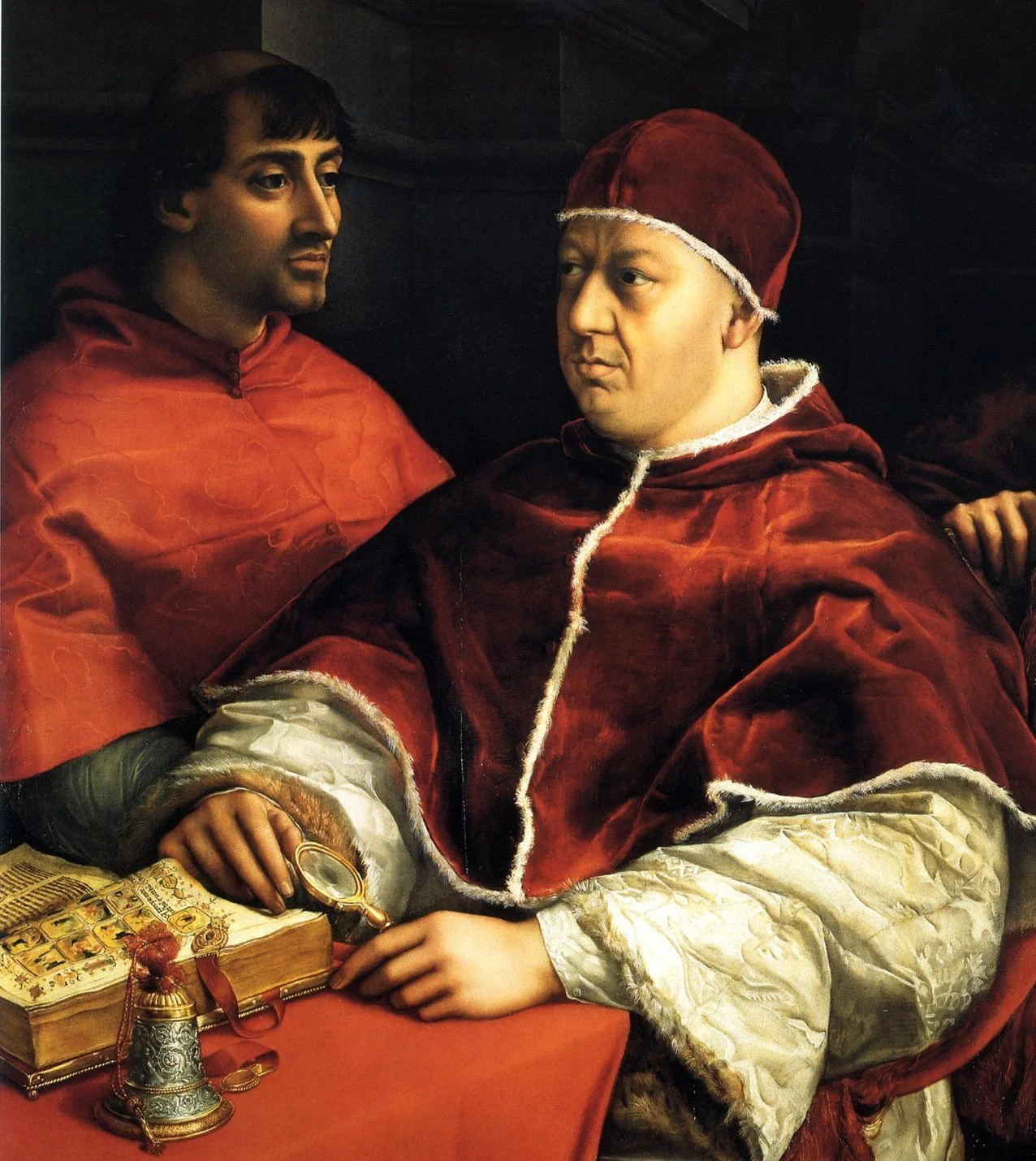BOOKS
BOOKS
Michelangelo at Midlife
and Rick Steves books & TV
Travel, history, music, poetry, the arts, personal life events, humor, and the shared universe of Big Ideas… all find expression in Gene Openshaw’s work.
His most recent book, which combines them all, is…
MICHELANGELO AT MIDLIFE: CHASING THE TOMB OF JULIUS II
A traveler’s quest for Michelangelo’s most troubled masterpiece.
FROM FLORENCE TO PARIS TO ROME, a man crisscrosses Europe in search of Michelangelo’s most notorious work: the Tomb of Pope Julius II. Along the way, he teams up with an intriguing Italian woman who opens his eyes to the artist’s troubled inner life and the personal struggle they all share—an acute midlife crisis…
Michelangelo at Midlife is typical of Gene’s work: ambitious, operatic, and hard to classify. It’s a hybrid, weaving two stories together, one fictional, one nonfiction. “Michelangelo’s story wrapped in a 21st century novel,” as one reviewer put it. At your local bookstore, you may find it variously shelved under “Biography,” “Art,” “Travel Literature,” or just plain “Fiction.”
The core of the book is Michelangelo’s story—his 40-year struggle to complete what he hoped would be his magnum opus. Incredibly, this is the only non-scholarly book (that is, “readable”) about the much-talked-about but little-known Tomb of Julius II.
But that’s just the start. Gene himself described how the book evolved as he wrote it: “It began as a purely nonfiction account. But I wanted it to have a sense of ‘place,’ so I added a modern traveler following in Michelangelo’s actual footsteps. Next, that traveler became fictional, to add a dramatic layer. Then I realized the traveler—though highly fictionalized—was kind of like me, and, suddenly, whoa! this is my story!”
The book kept growing. An array of colorful graphics (by Dave Hoerlein) and elegant design (by Sandra Hundacker) transformed the book from a story of words to one also told visually. Taken together, all those elements aim for an emotional impact that’s greater than the sum of the parts. With its evocative travelogue, colorful images, and history detective story, Michelangelo at Midlife is a fast read for lovers of the arts with a romantic streak.
“This is an entertaining treat, especially for art lovers and wanderlust-afflicted travelers looking for a breezy read.” -- Kirkus Reviews
“Like a trip to Italy: edifying, informative, and unpredictable.” -- BookLife Reviews
Michelangelo at Midlife is available wherever you get your books—in print, e-book, or audiobook. Consider supporting your local brick-and-mortar bookstore (rather than Amazon) by ordering it directly from them.
RICK STEVES BOOKS
Gene and travel guru Rick Steves met in 7th grade and have been collaborating off and on ever since.
Together they’ve written numerous books and TV shows, with Gene specializing in making Europe’s history, art, and culture accessible to the traveler. Their guidebooks (to Paris, Rome, London, etc.) are some of the best-selling in the English language. The full-color art book “Europe’s Top 100 Masterpieces” is a breezy overview of Western art with full-color, full-page illustrations. “Europe 101: History and Art for the Traveler” is still going strong after four decades.
For PBS TV, Rick and Gene have co-authored a number of specials, such as “Fascism in Europe,” and the ambitious six-hour documentary covering the entire history of the “Art of Europe.” Gene has also produced dozens of audio tours, where Rick guides travelers through historic sites.
The adventures of Rick and Gene traveling across Asia are documented in Rick’s published journal, “On the Hippie Trail.” With Gene as the editor, the book was a New York Times Bestseller and a 2025 honoree by the Society of American Travel Writers Foundation.
MICHELANGELO NEWS (Dec 21-28)
Pope Leo X with his cousin.
Christmas of 1515 would prove to be a critical time for Michelangelo and the Tomb.
That Christmas, Michelangelo was in Rome, making great progress on three of the Tomb’s statues: the Dying Slave, the Rebellious Slave, and the awe-inspiring Moses.
Meanwhile, 150 miles north in Florence, Pope Leo X—Michelangelo’s childhood friend—was returning home to see his family for Christmas. It was an emotional reunion of brothers, sisters, kids, and cousins. Leo was received as a hero, having restored the Medici family to prominence.
The Medici clan attended Mass at the Duomo. Then Leo went to a private service a few blocks away at the Medici family church, San Lorenzo.
Leo entered the Medici burial chapel.
He knelt at the grave of his father, Lorenzo the Magnificent.
He wept.
Leo looked around the church and saw how rundown it was and how paltry his illustrious father’s gravesite was.
He vowed to restore San Lorenzo to its Renaissance glory.
He knew exactly who he should ask for the project—someone who’d also loved Lorenzo the Magnificent like a father. It was Michelangelo, virtually an adopted member of the Medici clan.
Leo convinced a reluctant Michelangelo to set aside the Tomb of Julius to work on San Lorenzo.
His beloved Tomb got backburnered for five years… but Michelangelo had done a solid for his “family.”
Merry Christmas.



